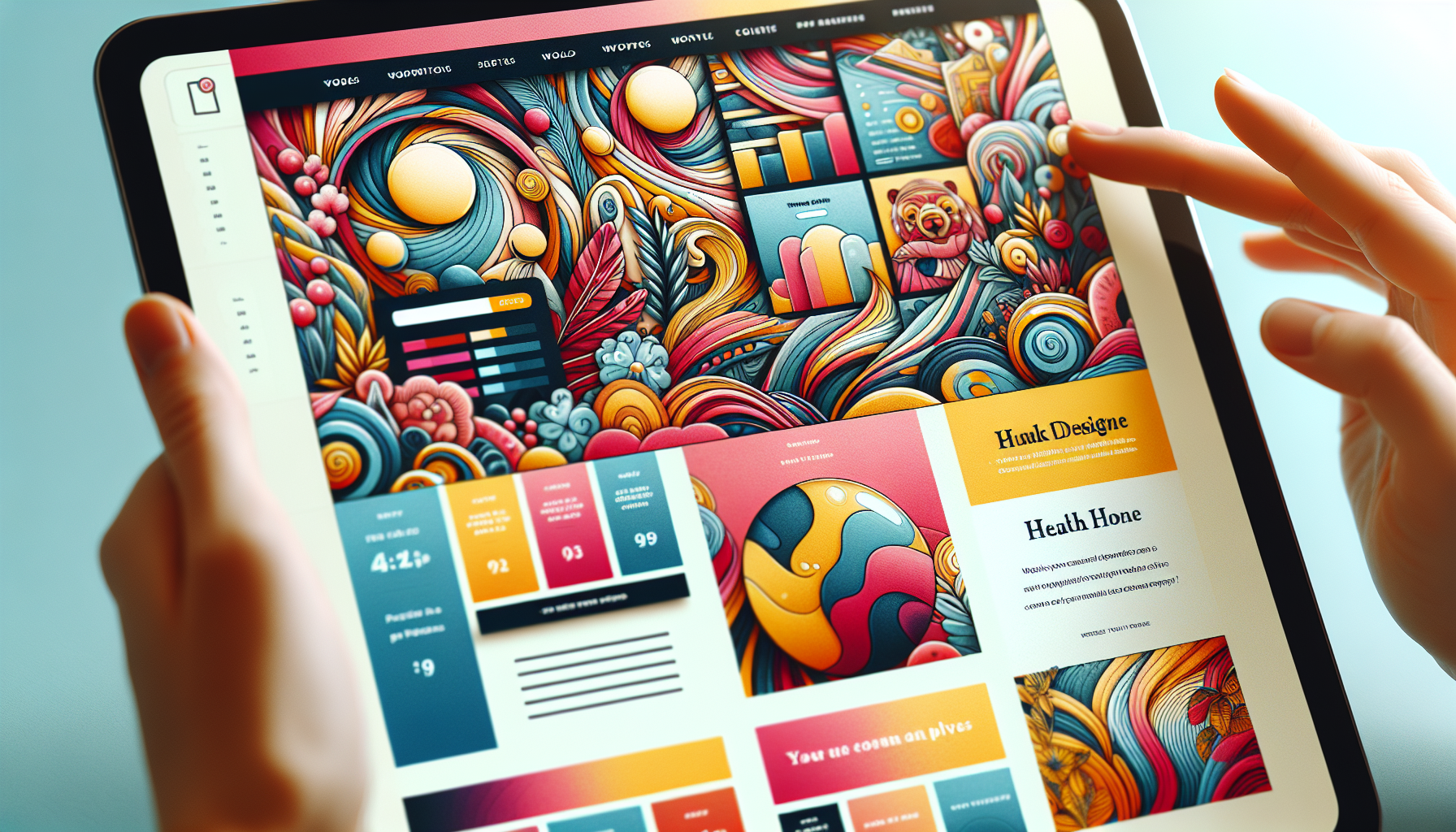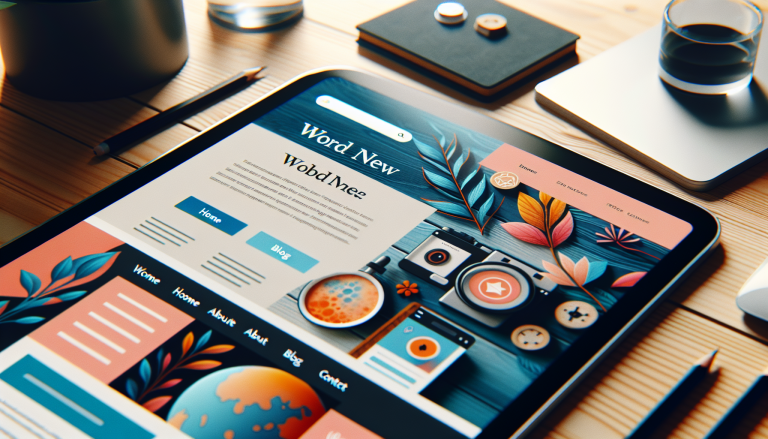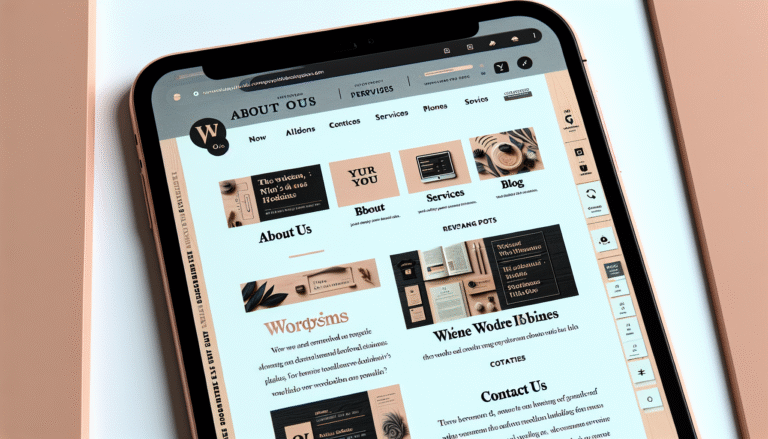
In an era where political correctness, social media scrutiny, and the looming threat of cancel culture dominate public discourse, the freedom to “think outside the box” feels increasingly constrained. This shift is especially evident in creative industries like web design, where innovation once thrived on bold experimentation and risk-taking. But in today’s climate, taking creative risks can come with real consequences—sometimes even career-ending ones.
So, is creativity being stifled by this new culture of accountability, or are we simply being asked to be more thoughtful and responsible in our work? Let’s explore how cancel culture intersects with creativity in web design—and whether innovation can still survive in this new landscape.
The Rise of Cancel Culture: Accountability or Censorship?
Before we dive into its impact on design, it’s important to understand what cancel culture actually is. To some, it’s a vital tool for holding individuals and organizations accountable for harmful behavior. To others, it’s a form of digital mob justice that punishes people for missteps, controversial opinions, or unconventional ideas.
Cancel culture isn’t confined to celebrities or public figures. In the world of digital design, it can affect anyone—from freelance designers to agency teams. Thanks to the reach of social media, a single design decision can spark widespread backlash. What might have once been a quirky or provocative design choice could now be seen as insensitive, exclusionary, or tone-deaf.
For web designers, this creates a high-stakes environment where every color, font, or user interaction is scrutinized. The pressure to conform—to play it safe—has never been greater.
Creativity in a Culture of Consequence
Designers are constantly encouraged to innovate, to challenge the norm, and to break boundaries. But in practice, doing so can be risky. A design that deviates from accessibility standards, for example, might be seen as exclusionary. An unconventional layout could be interpreted as user-unfriendly. A bold artistic statement might be labeled offensive.
As a result, many designers are retreating into the safety of neutral, inoffensive design. Websites are increasingly built to appeal to the broadest possible audience, avoiding anything that could be perceived as controversial. This “safe design” approach often leads to bland, uninspired work that prioritizes risk avoidance over creativity.
The irony? Web design is supposed to be about pushing boundaries. But when fear of backlash outweighs the desire to innovate, creativity suffers.
The Real Cost of Playing It Safe
The consequences of playing it safe are subtle but significant. When designers stop taking risks, the web becomes a more homogenous, less engaging place. Interfaces begin to look and feel the same. Originality gives way to templates. The web becomes less of a canvas for creative expression and more of a checklist of best practices.
This doesn’t mean that all creative risks are worth taking, or that designers should ignore the social and cultural implications of their work. But when fear dictates design decisions, we lose the opportunity to challenge assumptions, spark conversation, and create truly memorable experiences.
Take Nike’s “Dream Crazy” campaign featuring Colin Kaepernick. It was a divisive move that generated both praise and backlash. But it was also a bold statement that resonated deeply with many. In web design, such boldness is rare—because the stakes feel too high.
Can Innovation Survive in a Cancel Culture World?
Let’s be clear: accountability is important. Designers should be aware of how their work impacts different audiences. But accountability doesn’t have to mean the death of innovation.
Instead, it calls for a more thoughtful approach to creativity. Designers can still challenge conventions—but they must do so with intention. This means understanding context, anticipating how different audiences might interpret a design, and being willing to have open conversations about the choices they make.
Innovation doesn’t have to be reckless to be effective. In fact, the most powerful designs are often those that provoke thought while still being inclusive and respectful.
Redefining “Outside the Box”
So, is it still possible to think outside the box in today’s cancel culture climate? Absolutely—but the box has changed. It’s no longer just about being different for the sake of it. It’s about being bold in ways that are meaningful, responsible, and empathetic.
Designers must now balance creativity with social awareness. They need to ask not just “Is this innovative?” but also “Who does this affect, and how?” This might seem like a limitation, but it can also be a catalyst for deeper, more impactful design.
After all, some of the most influential designs in history were created under pressure, within constraints. Limitations can spark new ways of thinking—if we’re willing to embrace them.
The Future of Web Design
Web design isn’t dead. But it is evolving.
In a world where every decision can be dissected online, designers are being challenged to think more critically about their work. That doesn’t mean abandoning creativity—it means redefining it




